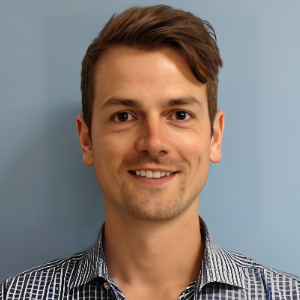Title : Additive manufacturing and its role in optimising mechanical and antimicrobial properties of orthopaedic implants
Abstract:
Background: The demand for improvement in orthopaedic implants is growing in line with an ageing population. An ideal prosthetic should have proficient biocompatibility, durable anti-infective efficiency, allow osseointegration and maintain desirable mechanical characteristics.
Aims: This study investigated 3D printed titanium lattice implants and the effect of augmenting these lattices with antibiotic impregnated bone cement. The effect on the mechanical and antimicrobial properties was tested to determine the viability of these novel implants for future clinical utility.
Methods: Twenty lattice dowels were designed and printed with additive manufacturing technology (Group 1). Simplex P (Group 2) and 2.5 % Tobramycin impregnated Simplex P (Group 3) was hand mixed into dowels and the physical characteristics measured. These experimental groups were then tested against samples of bone cement with and without 2.5% Tobramycin added to the titanium lattices (Groups 4 & 5). Scanning electron microscopy (SEM), stereozoom and micro CT qualitative geometrical analysis and descriptive statistics of the samples was completed. Mechanical compressive strength was tested and stiffness, peak strength and energy to failure were explored. Antibiotic elution from samples was tested at 1hr, 24hrs, 72hrs and 1 week time points.
Results: Physical properties via SEM, Stereozoom and Micro CT were evaluated and demonstrated a mean cement uptake into the lattice of 89% (range 60-100%). Regarding maximum force in mechanical testing, Group 1 (914 N) was significantly (p<0.05) inferior to Group 3 (2736 N) and Group 2 (2687 N) which were inferior to Group 4 and 5 (3433, 3907N). Stiffness of samples followed a similar pattern with Group 1 (1985 N/mm) significantly inferior to paired Groups 2 (5632 N/mm) and Group 3 (5485 N/mm) and Group 4 (8397 N/mm) and Group 5 (7099 N/mm). In relation to mean of energy to failure, Group 1 (1764 Nmm) was greater than Group 2 (1261 Nmm) and 3 (1299 Nmm) although this did not reach statistical significance. Elution characteristic results demonstrated no detectable tobramycin by the experimental method hence further statistical analysis for intergroup differences was not completed. This finding may represent a detrimental effect of antimicrobial release if incorporated into the novel lattice design.
Conclusion: Overall the utilisation of AM to create a novel lattice structure demonstrated mechanical change when augmented with antibiotic loaded bone cement (ALBC). By optimising the findings of this paper and building on this design, deficits of current implant designs can be addressed. Further investigation into the utilisation of the lattice design as well as its utility as a vehicle for peripheral therapeutic delivery are the next steps required to transition this technology to clinical use.




